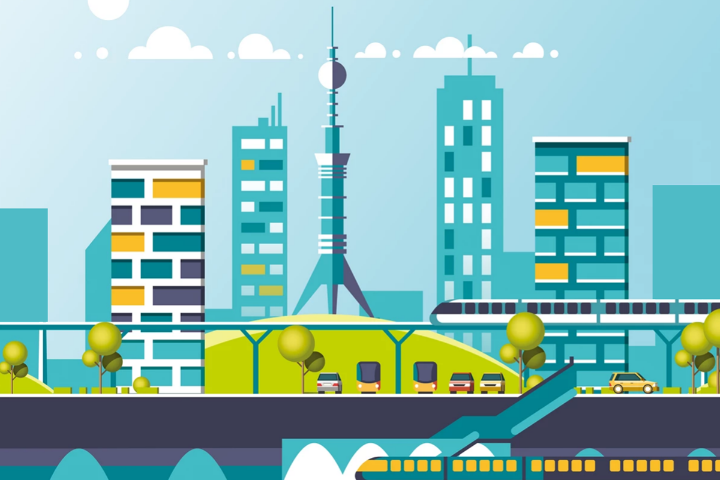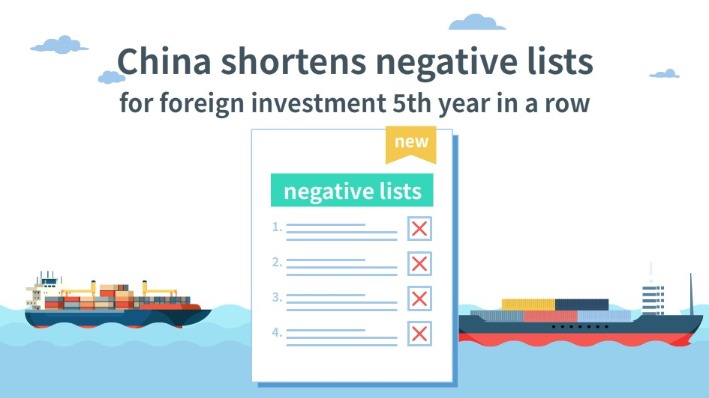Pudong still powering development after 30 years
New area has been at the forefront of China's reform and opening-up
Shanghai's Pudong New Area has been at the frontier of China's reform and opening-up for the past 30 years, achieving excellent advances in social and economic development. Officials from the area have vowed to continue supporting the country's development strategies.
Pudong, meaning east of the Huangpu River, was once a less developed area where there was little to no interest for people to invest, work or live. However, changes came in the early 1990s when the State Council decided to develop the region to grow the population while boosting enterprises and implement more reforms.
Pudong, which celebrates its 30th anniversary of development and opening-up this year, has become an important symbol of China's overall reform and opening-up, and the epitome of the municipality's modernization, said Weng Zuliang, Party chief of Pudong New Area.
According to local officials, Pudong's GDP reached 1.27 trillion yuan ($192.01 billion) in 2019, about 211-fold of what it was in 1990.
Occupying just one-8,000th of China's land, Pudong created one-80th of China's GDP and one-15th of all foreign trade value for the country in 2019.
The district has also shown strong resilience in the face of this year's unfavorable economic conditions. In the first nine months of 2020, GDP of the area was 934.8 billion yuan, up by 1.7 percent year-on-year. Its foreign capital inflow increased 4.3 percent year-on-year despite the outbreak of COVID-19.
In the last 30 years, the district has opened market access in different industries, producing many firsts for China. It had the country's first bonded zone, the first export processing zone, the first foreign bank, the first foreign insurance company, the first wholly foreign-owned automotive company and the first wholly foreign-owned hospital.
The total foreign capital inflow of Pudong was $102.95 billion from 1990 to 2020. As of Nov 1, the area boasted 36,200 foreign companies from 170 countries and regions and 350 multinational's regional headquarters. Weng said 364 Fortune 500 companies have invested in Pudong.
Seaports in Pudong, connected to more than 600 ports around the world, reported processing 39.07 million twenty-feet-equivalent-unit containers in 2019. Pudong International Airport is linked to 132 airports in 45 countries and regions.
"The development of an open economy in Pudong continuously improved," Weng said. "The region's position in the global industrial chain has also been improving."
Pudong features an industrial system with a modern service industry that's led by a strategic emerging system and supported by an advanced manufacturing industry. In 2019, the trade value of financial markets in Pudong was more than 1.92 trillion yuan. The district was home to 247 foreign research and development centers, accounting for 52 percent of the total number in Shanghai.
Breakthroughs have also been made in urban development. Pudong is home to a slew of iconic buildings, including the 632-meter-Shanghai Tower. Ten metro lines with a combined length of 228 kilometers, expressways with a combined length of 285 km, four bridges and 15 underwater tunnels connect the district with other parts of Shanghai.
In 2019, annual disposable income of residents in Pudong was 71,647 yuan. Life expectancy has increased to 84.46 years from 76.1 years in 1993.Park area per capita was 12.9 square meters, up from 2.85 sq m in 1995.


 Foreign investors have faith in China
Foreign investors have faith in China  The RCEP era begins
The RCEP era begins  Yangtze River Delta integration: 3 years on
Yangtze River Delta integration: 3 years on  play
play 